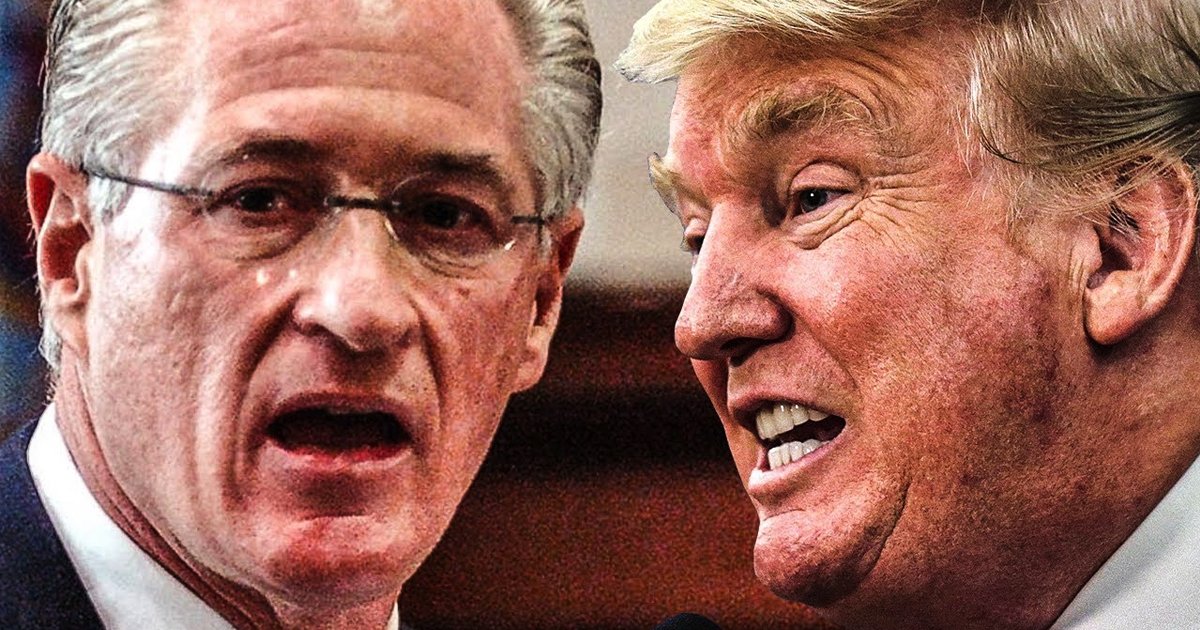In early January of 2012, William Packard’s physician prescribed a new anti-coagulant for the treatment of his atrial fibrillation (AT), a condition characterized by irregular heartbeat and palpitations. Patients suffering from AT run an increased risk for heart failure as well as stroke. Mr. Packard’s doctor thought the new medication would be more effective than the old treatment, because there were fewer interactions and the patient wouldn’t have to undergo nearly as much monitoring.
Just six months later, William Packard began experiencing headaches and periods of confusion. He was admitted to the hospital, where doctors determined he was suffering from subdural hemorrhaging, or bleeding on the brain. Despite emergency surgical attempts to stop the bleeding, William Packard died five days later.
On July 17th 2012, Thomas Dunkley’s doctor prescribed the same medication for the same condition. On the 26th, he began experiencing severe head pain. After suffering for five more days, Dunkley died on the first day of August – a little over two weeks after he started taking the medication.
The medication used by both of these patients was Xarelto (rivaroxaban).
Xarelto is one of the “new generation” of anti-coagulants implicated in fatal bleeding that have no reversal agent. And (unlike rival medication Pradaxa), not even emergency dialysis to remove the drug from the system will save the patient. This is something that Bayer allegedly knew about – and purposely failed to mention in its warnings.
Why? The usual. Despite the dangers of the product, Bayer and its partner, Johnson & Johnson subsidiary Janssen Pharmaceutica have engaged in an aggressive marketing campaign. That campaign has been a great investment; last year, Xarelto sales totaled approximately $1 billion.
Now facing increasing injury and wrongful death lawsuits, Bayer’s primary defense is based on a pair of studies, one of which was sponsored by the company itself, and the other by Janssen. The first study, published in the 8 September 2011 issue of the New England Journal of Medicine,was called “Rocket-AF” (the “AF” being short for “atrial fibrillation”). It was a comparison between rivaroxaban and warfarin in stroke prevention and the treatment of AF. This study concluded that there were “no significant differences in rates of major and clinically relevant nonmajor bleeding” among patients treated with the two medications.
The other study, known as “Einstein PE” (pulmonary embolism) was a comparison between Xarelto and a different type of anti-coagulant, known as enoxaparin sodium (the former is a “direct Factor Xa inhibitor” and the latter is a “low-molecular weight heparin”). This study demonstrated Xarelto to have a small “superiority for major bleeding” over enoxaparin.
Neither study mentioned the lack of a reversal agent – and the idea that the manufacturer was unaware of this stretches the limits of credibility. Meanwhile, Bayer and Janssen continue to trumpet praises of its product, despite the fact that Xarelto was implicated in more than 2000 adverse events in 2013 alone.
“Jansen and Bayer’s Refusal to supply doctors and patients the information necessary for the safest and most effective use of their drug is wholly unacceptable,” said Ned McWilliams, an attorney with the Levin, Papantonio law firm who is currently investigating Xarelto lawsuits.
Over 150 of those patients died. Their families now claim that such dangers were known to both companies and the information deliberately withheld.
With such huge profits at stake, it’s little wonder that Bayer (which already has a dismal record when it comes to concern for human life) had something to hide.



